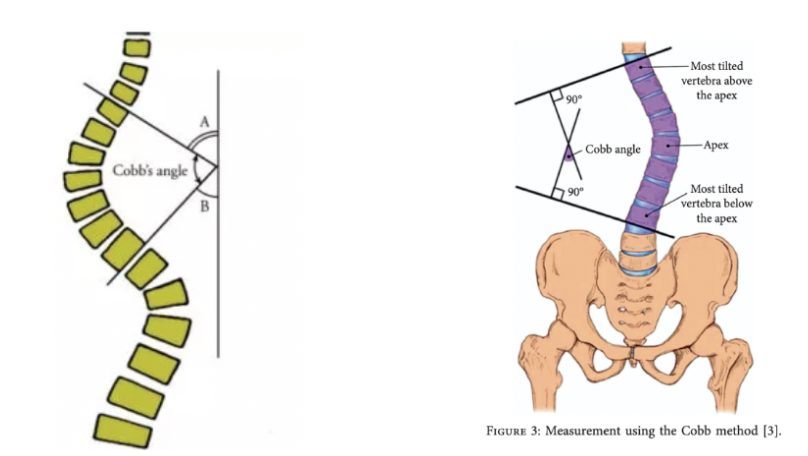Spine Postural Hypotheses
1/10
There's no tags or description
Looks like no tags are added yet.
Name | Mastery | Learn | Test | Matching | Spaced |
|---|
No study sessions yet.
11 Terms
You notice that someone has a deep lordosis
Which spine ROM is most likely to be limited?
Spinal flexion
Which muscle group (trunk/abdomen) is most likely to be weak in this case?
Trunk flexors like rectus abdominus and external oblique
Refer to previous question
Consider your pelvis platform - which direction of tilti could cause this?
Anterior pelvic tilt
Which hip muscle group CAUSE this tilt, and which hip muscle group LIMITS it?
Hip flexors can cause it, and hip extensors (like gluteus maximus and hamstrings) can help limit it
A person has leg length discrepancy, where the left leg is longer than the right
What do you expect to see at the pelvis?
Pelvic tilt to the right
What do you expect to see in the thoracolumbar spine?
Spinal flexion to the left
Which thoracolumbar spine ROM do you expect to be limited?
Spinal flexion to the right
When a person has scoliosis, the spinal alignment changes in the rotational plane, not just the frontal plane. You can defect this with the Adam’s forward bend test. Does the spine rotate in the same direction as the lateral flexion curve, or in the opposite?
In the thoracic spine, lateral flexion to one side is usually coupled with rotation to the opposite side
The Cobb angle is used to measure curvature in the spine (on x-ray). Which landmarks are used to measure this angle?
Two vertebrae are used as landmarks for measuring the Cobb angle - the most tilted vertebra at the top of the spinal curve, and the most titled vertebra at the bootm of the spinal curve. The first line of the angle runs along the top of the high vertebra, and the other runs along the bottom of the low vertebrae, the Cobb angle is measured where these two lines intersect (image 1). This angle can also be determined using the intersection of the tangents of these two lines (image 2)

The Cobb angle is typically used to diagnose and grade/evaluate scoliosis. What values (in degrees) are used to grade scoliosis into mild, moderate and severe (adolescent values)
A positive diagnosis of scoliosis is made based on a coronal curvature measured on a posterior-anterior radiograph of greater than 10 degrees. In general, a curve is considered significant if it is greater than 25 to 30 degrees. Curves exceeding 45 to 50 degrees are considered severe and often require more aggressive treatment.
Craniovertebral angle (CVA) is often used to quantify cervical posture in the sagittal plane. a) What landmarks are used for this measurement? b) What value (or range of values) is considered “neutral”? c) Will the angle increase or decrease with a forward head posture?
a) Tragus, C7 spinous process, horizontal line drawn through the C7 SP
b) Mean: 53 +- 3 degrees in asymptomatic adults in standing
c) Decrease